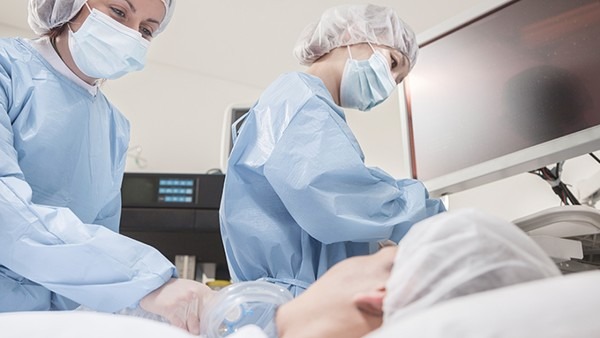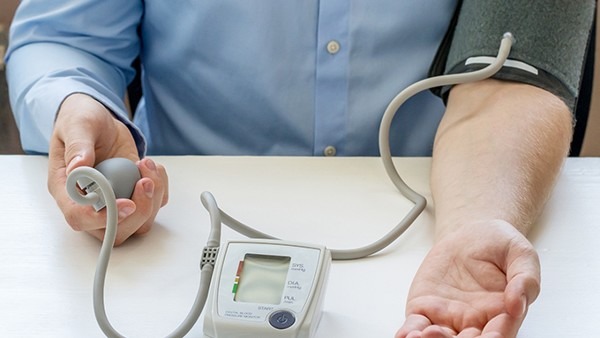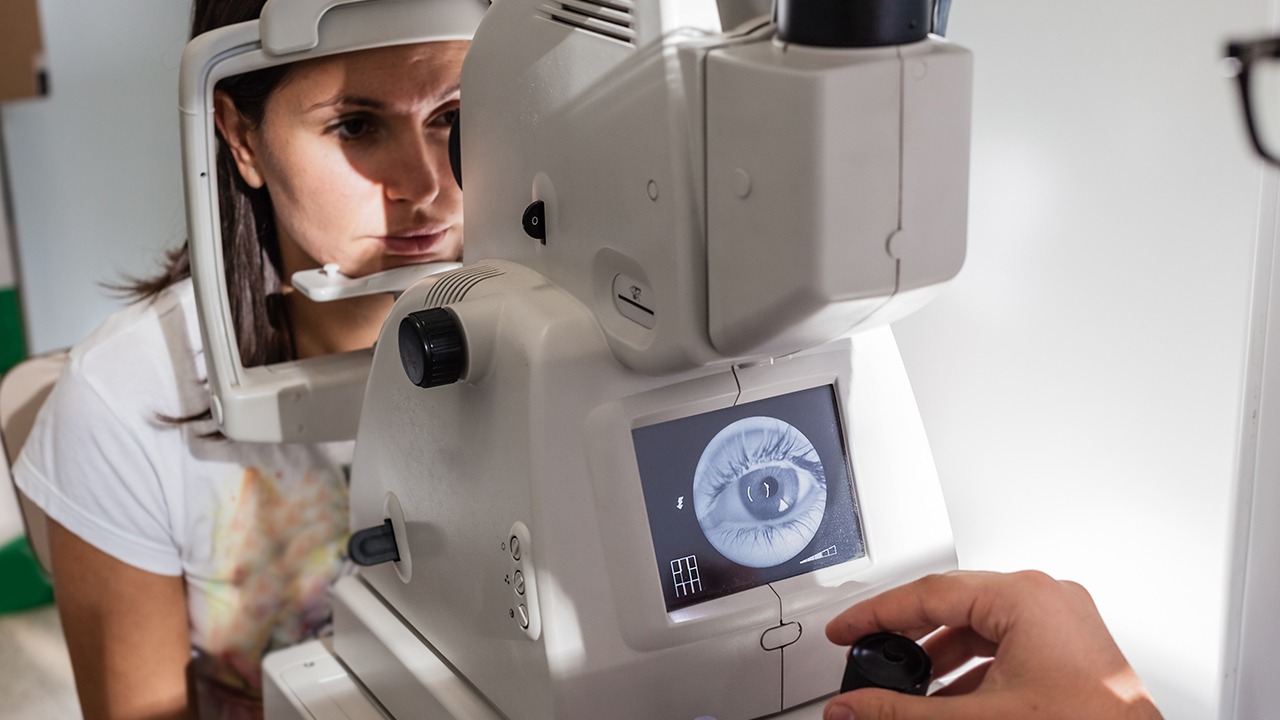Cervical Bone Hyperplasia Causes Cracking Sound in the Neck

Cervical bone hyperplasia is a condition in which the bones in the neck grow abnormally large. This can cause a number of problems, including pain, stiffness, and difficulty moving the neck. In some cases, cervical bone hyperplasia can also cause a cracking sound when the neck is moved.
The cracking sound is caused by the bones rubbing against each other as they move. This can be painful, and it can also lead to inflammation and further damage to the bones. In some cases, the cracking sound may be accompanied by other symptoms, such as pain, stiffness, and difficulty moving the neck.
Causes of Cervical Bone Hyperplasia
The exact cause of cervical bone hyperplasia is unknown. However, there are a number of factors that may increase the risk of developing the condition, including:
Age: Cervical bone hyperplasia is more common in older ***s.
Obesity: Obesity is a risk factor for cervical bone hyperplasia because it puts stress on the bones in the neck.
Diabetes: Diabetes is a risk factor for cervical bone hyperplasia because it can damage the bones and joints.
Smoking: Smoking is a risk factor for cervical bone hyperplasia because it can damage the bones and joints.
Family history: Cervical bone hyperplasia is more common in people who have a family history of the condition.
Symptoms of Cervical Bone Hyperplasia
The symptoms of cervical bone hyperplasia can vary depending on the severity of the condition. In some cases, the condition may not cause any symptoms at all. In other cases, the condition may cause a number of symptoms, including:
Pain: The pain associated with cervical bone hyperplasia can range from mild to severe. The pain is often worse when the neck is moved.
Stiffness: The stiffness associated with cervical bone hyperplasia can make it difficult to move the neck. The stiffness is often worse in the morning or after a period of inactivity.
Difficulty moving the neck: The difficulty moving the neck associated with cervical bone hyperplasia can make it difficult to perform everyday activities, such as driving or working.
Cracking sound: The cracking sound associated with cervical bone hyperplasia is caused by the bones rubbing against each other as they move. The cracking sound can be painful, and it can also lead to inflammation and further damage to the bones.
Diagnosis of Cervical Bone Hyperplasia
Cervical bone hyperplasia is diagnosed based on a physical examination and a medical history. The doctor will feel the neck for any lumps or bumps and ask about the symptoms. The doctor may also order an X-ray or MRI to confirm the diagnosis.
Treatment of Cervical Bone Hyperplasia
There is no cure for cervical bone hyperplasia. However, there are a number of treatments that can help to relieve the symptoms. These treatments include:
Pain relievers: Pain relievers can be used to reduce the pain associated with cervical bone hyperplasia.
Anti-inflammatory medications: Anti-inflammatory medications can be used to reduce the inflammation associated with cervical bone hyperplasia.
Physical therapy: Physical therapy can help to improve range of motion and reduce pain.
Surgery: Surgery may be necessary in some cases to remove the overgrown bones.
Prevention of Cervical Bone Hyperplasia
There is no sure way to prevent cervical bone hyperplasia. However, there are a number of things that can be done to reduce the risk of developing the condition, including:
Maintaining a healthy weight: Obesity is a risk factor for cervical bone hyperplasia. Maintaining a healthy weight can help to reduce the stress on the bones in the neck.
Eating a healthy diet: A healthy diet can help to provide the body with the nutrients it needs to stay healthy. Eating plenty of fruits, vegetables, and whole grains can help to reduce the risk of developing cervical bone hyperplasia.
Getting regular exercise: Regular exercise can help to strengthen the bones in the neck and improve range of motion. Getting at least 30 minutes of moderate-intensity exercise most days of the week can help to reduce the risk of developing cervical bone hyperplasia.
Quitting smoking: Smoking is a risk factor for cervical bone hyperplasia. Quitting smoking can help to improve the health of the bones and joints.
Getting regular checkups: Getting regular checkups can help to detect cervical bone hyperplasia early on. Early detection and treatment can help to prevent the condition from becoming more severe.
The above is all the content that the editor wants to share with you. I sincerely hope that these contents can bring some help to your life and health, and I also wish that your life will be happier and happier.
Topic: #hyperplasia #causes #cervical













